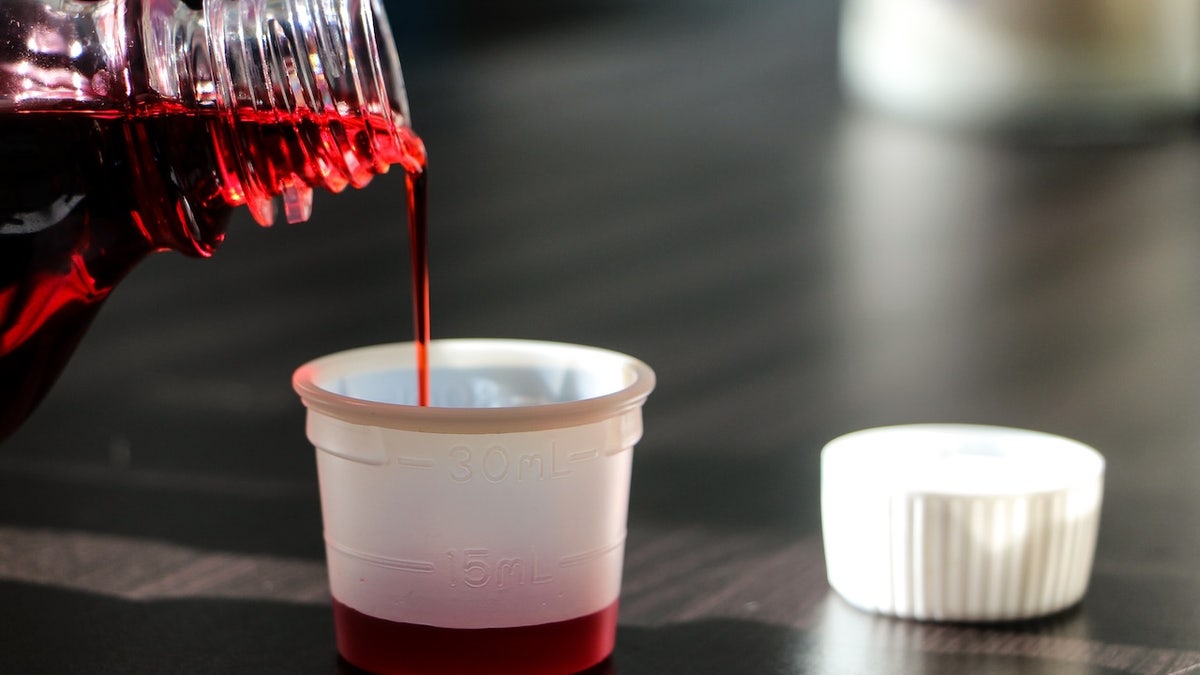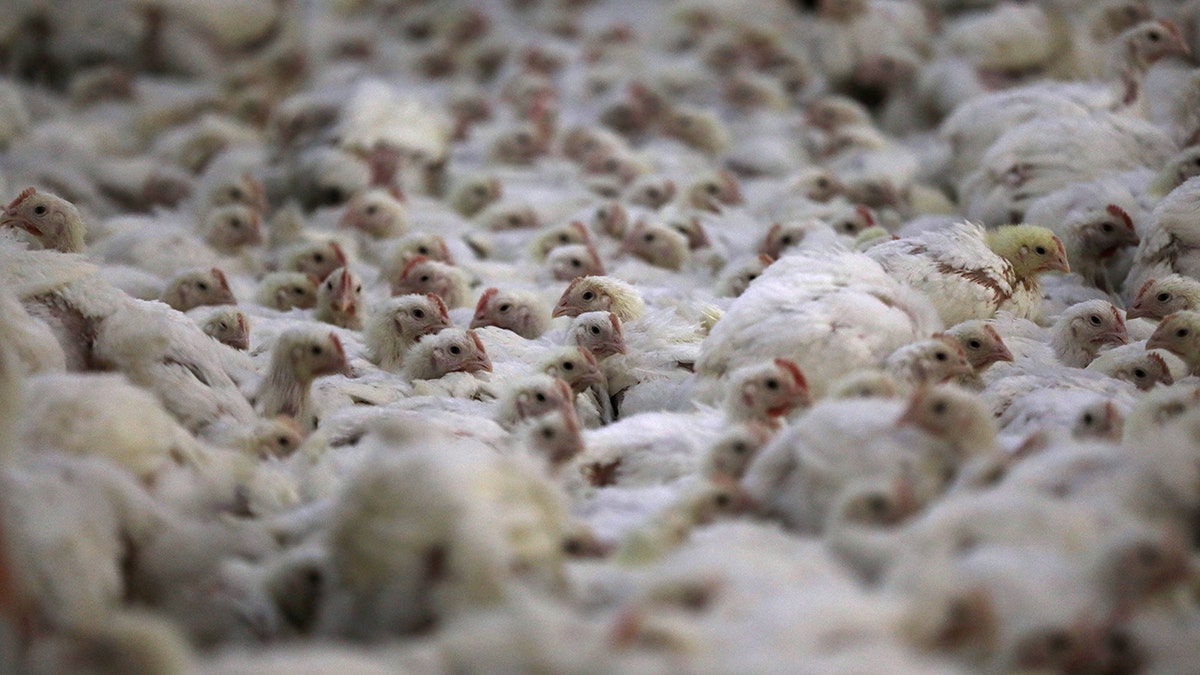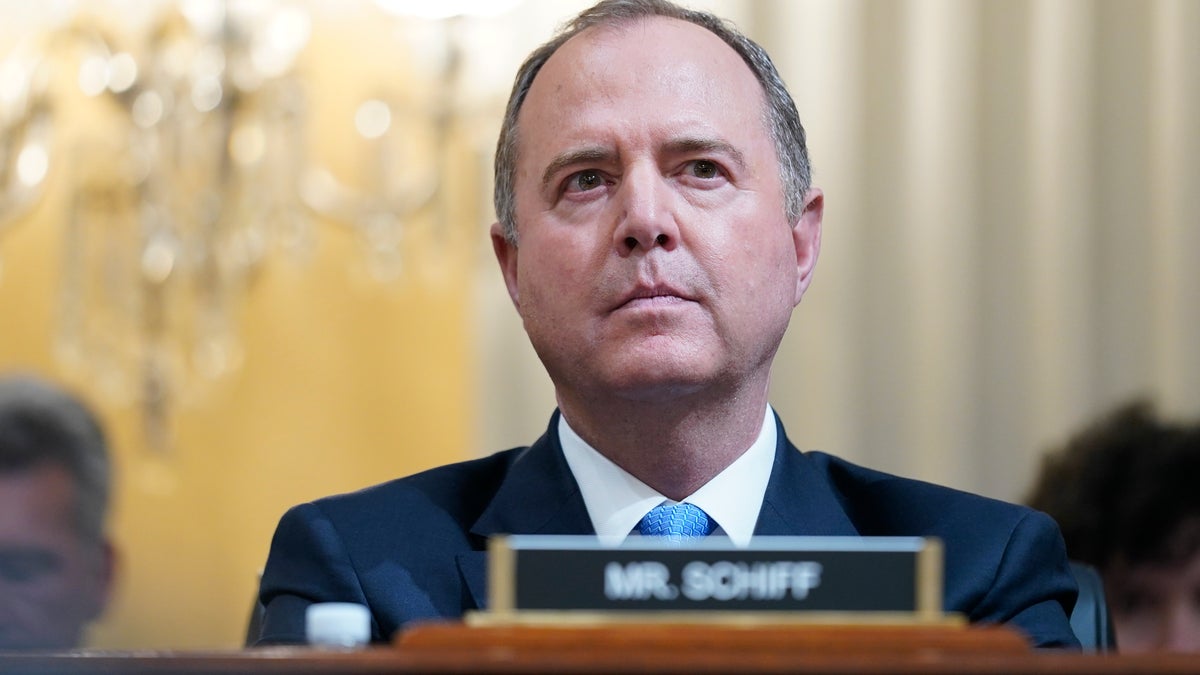The U.S. Food and Drug Administration (FDA) has officially prohibited the use of Red Dye No. 3, also known as Erythrosine, in food products, dietary supplements, and ingested medications. This decision, effective January 2027 for food and January 2028 for drugs, also applies to imported goods. The FDA cited studies showing cancer in male rats exposed to high levels of the dye, though they clarified that the mechanism causing cancer in rats doesn't apply to humans.

This petroleum-derived synthetic dye, used to achieve a bright cherry-red color, was already removed from cosmetics roughly 35 years ago due to similar cancer concerns. The ban comes in response to a petition citing the Delaney Clause, which prohibits the FDA from deeming a color additive safe if it induces cancer in humans or animals.

Dr. Peter Lurie, director of the Center for Science in the Public Interest, which spearheaded the petition, welcomed the ban, calling it a long-overdue action to address the inconsistency of allowing the dye in food while banning it from cosmetics. Dr. Marc Siegel, a clinical professor of medicine at NYU Langone Health and Fox News senior medical analyst, also applauded the decision, emphasizing the need for consistency between substances applied to the skin and those ingested. He suggested the decision may be related to the anticipated appointment of Robert F. Kennedy Jr. to head the Department of Health and Human Services, noting that the dye is already banned or restricted in several other countries.


Dr. Siegel further pointed out that the dye's attractive color entices children to consume empty calories and ultra-processed foods and has been linked to behavioral problems in children, such as ADHD. According to the Environmental Working Group's Food Scores database, nearly 3,000 food products currently contain Red Dye No. 3. The National Confectioners Association affirmed their commitment to food safety and compliance with FDA standards. The petition to ban the dye was submitted in 2022 by the Center for Science in the Public Interest along with 23 other organizations and scientists.








